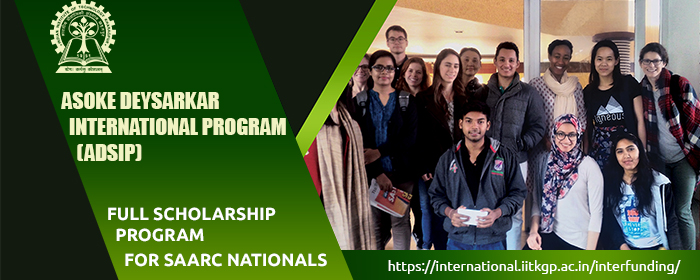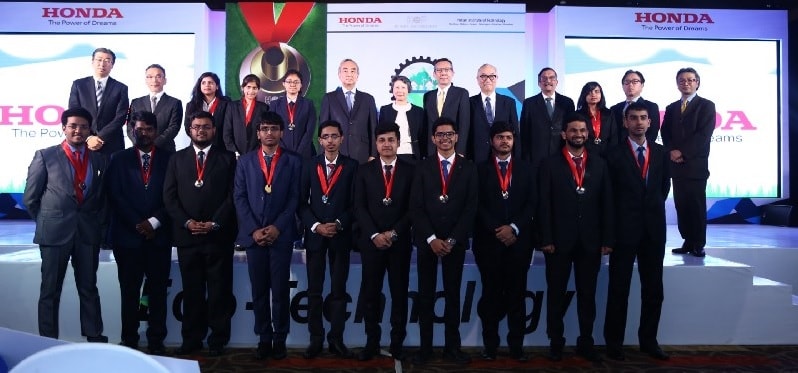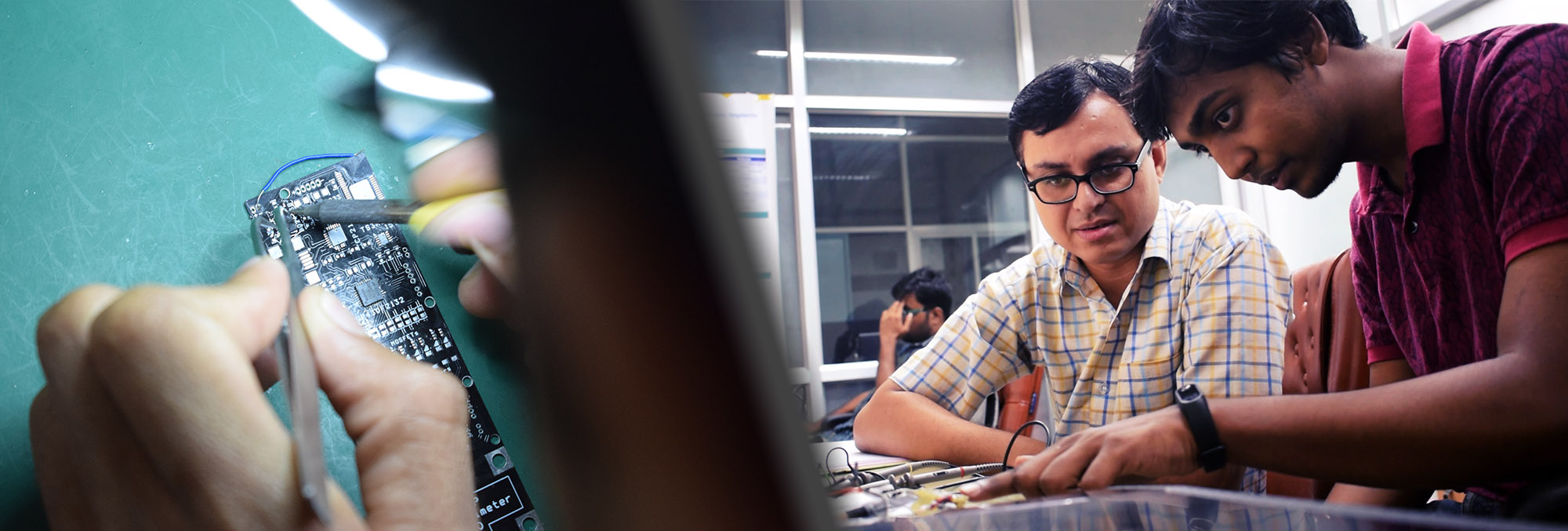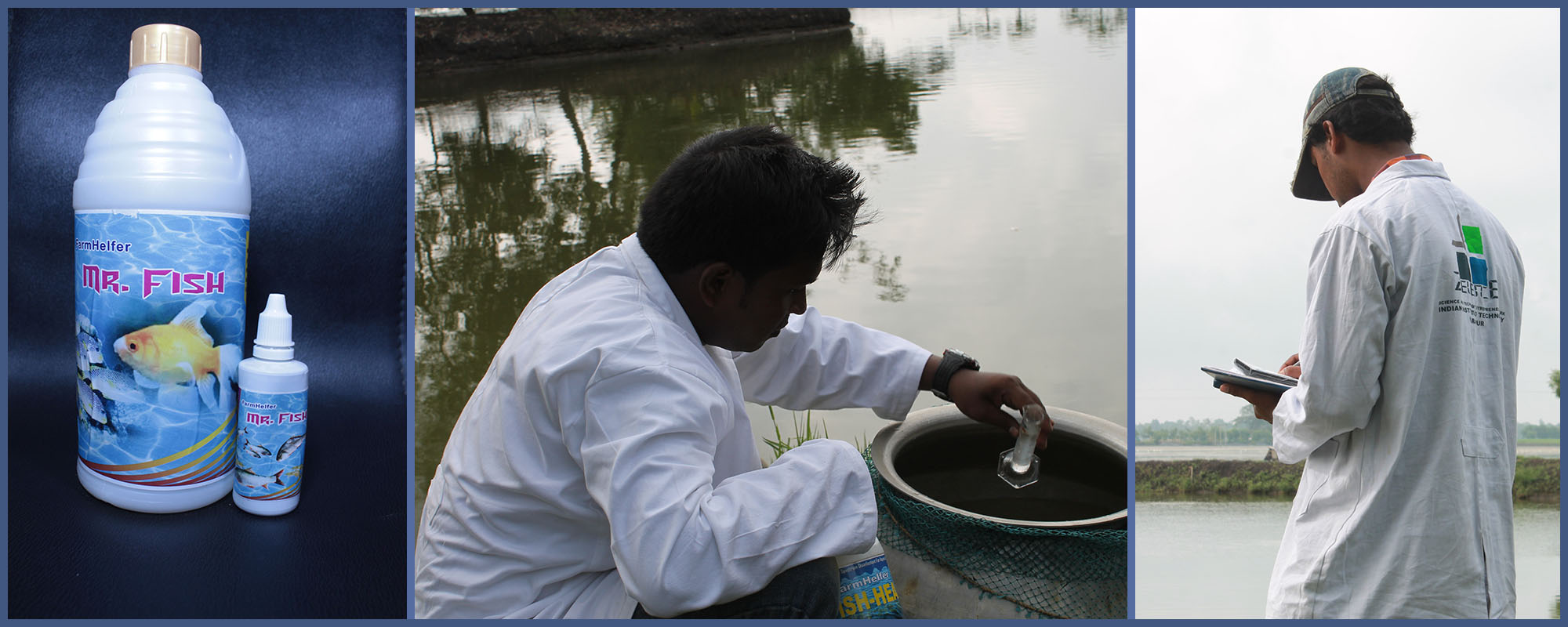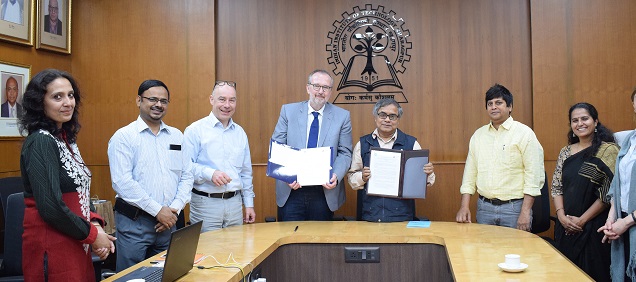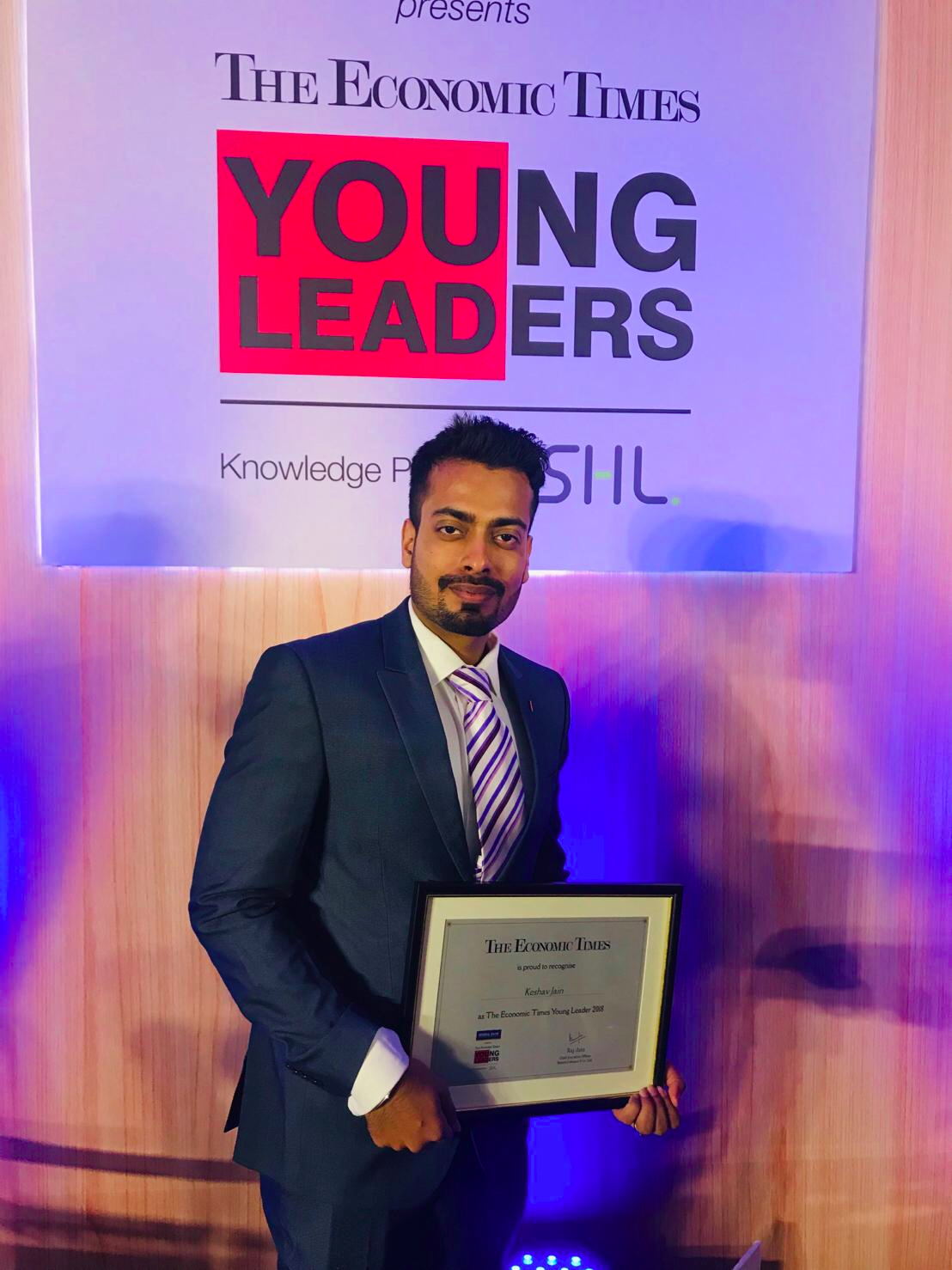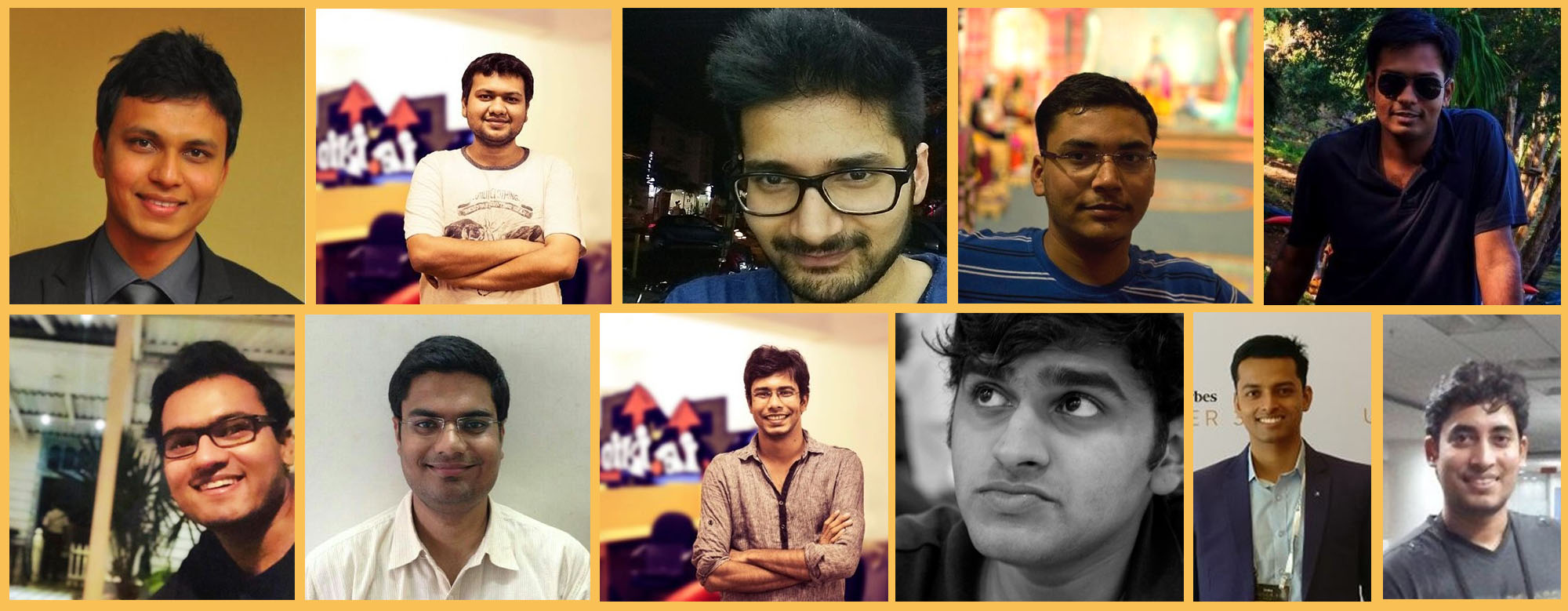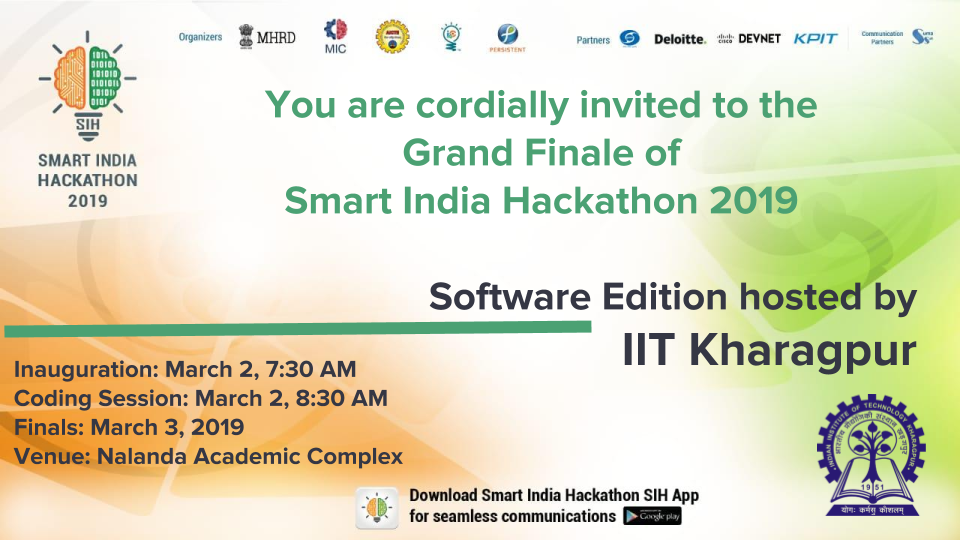
Green Horns to offer Industrial Solutions at SIH2019
Times of India India Today Business Standard Zee Business IIT Kharagpur is hosting the Grand Finale of the Smart India Hackathon 2019, Software Edition on March 2-3, 2019. This year 186 students from various colleges including 6 from IIT Kharagpur will be participating in the event. Another 36 students from the Institute will be participating at other editions of SIH2019 hosted by ISRO, Adani group etc. Shri Prakash Javadekar, Hon'ble Minister of Human Resources Development will announce the start of the Smart India Hackathon 2019 on March 2. A live interaction session with the Hon'ble Prime Minister of India, Shri…


